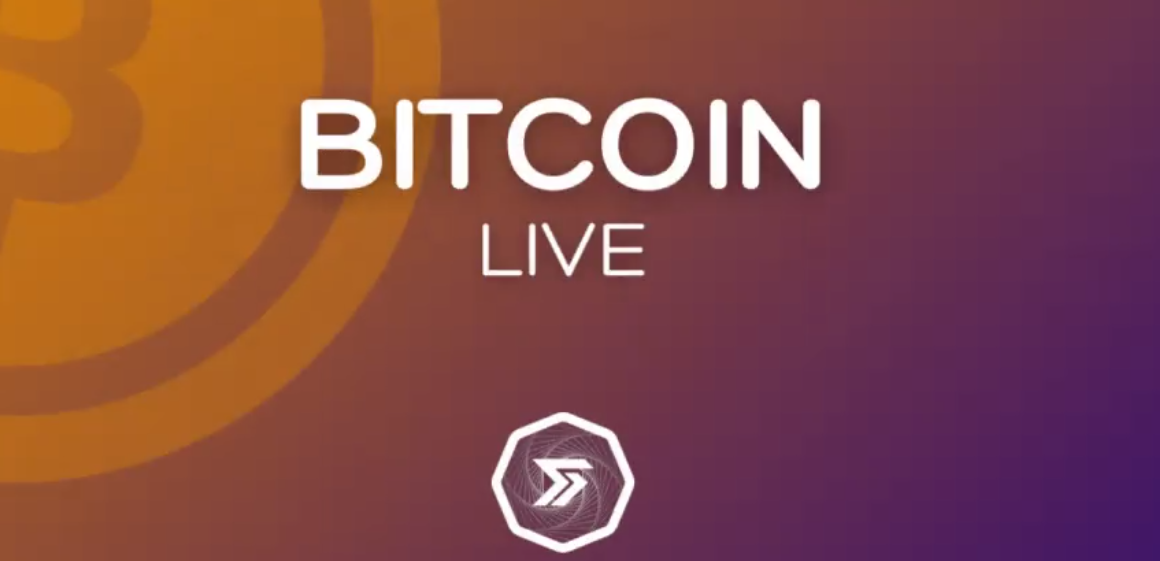Cross-chain interoperability is one of the most significant innovations in the blockchain world. It breaks the barriers of traditionally isolated blockchain ecosystems and allows seamless transfer of assets between networks. This fluidity of asset transfer is key to creating a more collaborative and inclusive blockchain environment. Developers can build applications that span multiple blockchains, leveraging the strengths of each. Similarly, users can move their assets across networks without the need for intermediaries, which eliminates reliance on third parties and enhances security of their assets.
In this article, we look into some exciting news as Rosen Bridge completes the integration of Bitcoin. The official announcement on the Bitcoin bridge going live was made on June 14, 2024.
Bridging BTC to Cardano
The integration of wrapped Bitcoin (RsBTC) through Rosen Bridge into Cardano represents a major milestone for the ecosystem. By enabling cross-chain interoperability, this update positions Cardano to thrive in a multi-chain future. RsBTC opens up new opportunities and is expected to attract more users to the ecosystem, addressing the critical need for a reliable decentralized wrapped Bitcoin solutions on Cardano.
To bridge Bitcoin to Cardano, ensure you have some BTC in your wallet and follow these steps:
- Visit the Rosen Bridge website.
- Select the “Launch App” button to navigate to the swap page.
- Connect your BTC wallet.
- Select BTC as the source and Cardano as the target network.
- Enter your transaction amount.
- Input your Cardano wallet address.
- Submit the transaction and Rosen Bridge will process the bridge transaction.

Once you’ve submitted you transaction, you can view its status on the Events dashboard, as shown below:

What’s Next after the Bitcoin Integration? Deliver Runes
The Rosen Bridge team delivered Cardano the Bitcoin bridge and are looking to deliver Runes. Rosen Bridge is an open source technology that creates a direct and secure connection between the Bitcoin and Cardano blockchains. This connection is particularly designed to allow the integration of Bitcoin Runes with Cardano. Here’s what it does:
- It allows Bitcoin Runes to be “wrapped” and transferred onto the Cardano blockchain. Think of “wrapping” as packaging Bitcoin Runes in a way that they can be recognized and used on the Cardano system.
- Once wrapped, these Bitcoin Runes can tap into Cardano’s sophisticated decentralized finance (DeFi) features. This means that Bitcoin and Bitcoin Rune holders can now access financial services on Cardano that were previously unavailable to them.
- The Rosen Bridge ensures that this integration is smooth and secure, so Bitcoin Rune holders can easily join and use Cardano’s DeFi applications. The goal is to bring users from the Bitcoin ecosystem into Cardano’s DeFi space, expanding the reach and utility of both cryptocurrencies.
Project Roadmap
| Milestone | Key deliverables | Evidence of Milestone Completion |
|---|---|---|
| Runes protocol research, preparation, and design | – Deep-dive investigation of Runes protocol and compatibility with current Bitcoin Rosen Bridge Designs and Architecture – Selection of implementation method (seen outline of potential 3 options here for review) – Bridge integration design based on the selected method – Investigation of libraries, data sources, infrastructures, and special requirements of Runes integration | – Documentation about the selected method and its requirements on Rosen Bridge Github. – X Space to discuss potential solutions with the community (with recording link to be provided upon submission of Milestone 1). |
| Initial and standalone implementation of the Runes lock transaction | – Initial and standalone implementation of the Runes lock and transfer transaction on Bitcoin – Initial and standalone design and implementation of Ergo side contracts (if needed, for example, required for method 1 but not for methods 2 and 3) – Test lock transactions: Test is independent of the bridge, to ensure this type of transaction is possible, Runes can be transferred and bridging data can be transmitted/acquired. | – Sample transactions to show Runes and bridging data transfer (depending on the selected method could be one or a few transactions on Bitcoin and/or Ergo blockchains – which acts as the routing network for Cardano). – Code snippets for Runes and bridging data transfer and fetching data from the transactions |
| Implementation of required core modules for bridge | – Implementation of required modules to add Runes support to Rosen Bridge, including: – Implementation of the bridge and transaction scanner – Multisig solution for guards on BTC side – Transaction agreement in the system (e.g. if you need to index runes and work with the limitations of Bitcoin architecture) | – All modules will be open-sourced and code available on the Rosen Bridge Github |
| Integration of modules into Rosen watchers and guards | – Build around Bitcoin and integrate the existing modules: – Integration into the watcher modules (i.e. scanners, event reporting, rewards, and distribution) – Integration into guard modules (i.e. event verification, multi-sig, rewards, and distribution) | – All modules will be open-sourced and code available on the Rosen Bridge Github |
| UI design and integration with Rosen App (UI) | – Changes in UI to accommodate BTC and Rune transfers on the existing application (i.e. select BTC as destination or origin chain, view transaction outputs on the Rosen explorer, etc.). – Bitcoin wallet Dapp connector for Runes or other approaches to enable users to sign Bitcoin transactions and transfer Runes to Rosen’s wallet (through Dapp connector or external wallets) | – UI codes in Rosen Github – Screenshots of UI to be shared in a separate document submitted for this milestone. |
| Deployment, testing, and onboarding | – Deployment of watchers and guards in order to test the Runes bridge integration – Reach out to potential DeFi protocols to onboard Runes | – Watchers and guards are live in the test environment (could be mainnet or testnets) – Example of sample transfers including all necessary transactions – Evidence of reaching out to leading DeFi protocols to enable Runes to be integrated into their platforms. |
Putting it all together
While cross-chain interoperability is key to unlocking the true potential of blockchain by bridging these digital islands, we aren’t there yet. It’s a challenge that requires tackling the complexities that arise from the diverse underlying architectures of each network.
The launch of RosenBridge is a significant leap in the evolution of blockchain interoperability, particularly between the Bitcoin, Cardano, and Ergo ecosystems. By facilitating seamless BTC transfers across these networks, RosenBridge significantly enhances the utility and integration of Bitcoin within decentralized finance (DeFi). This innovation not only attracts more users and developers to Cardano but also propels the vision of a multi-chain future where diverse blockchain networks operate harmoniously.
As RosenBridge matures, its potential to increase liquidity and offer new financial tools will likely reshape the DeFi landscape. It paves the way for more interconnected and versatile blockchain ecosystems, promising a future where users can leverage the strengths of multiple networks without compromising on security or functionality. For further details and ongoing updates, check the RosenBridge website.










